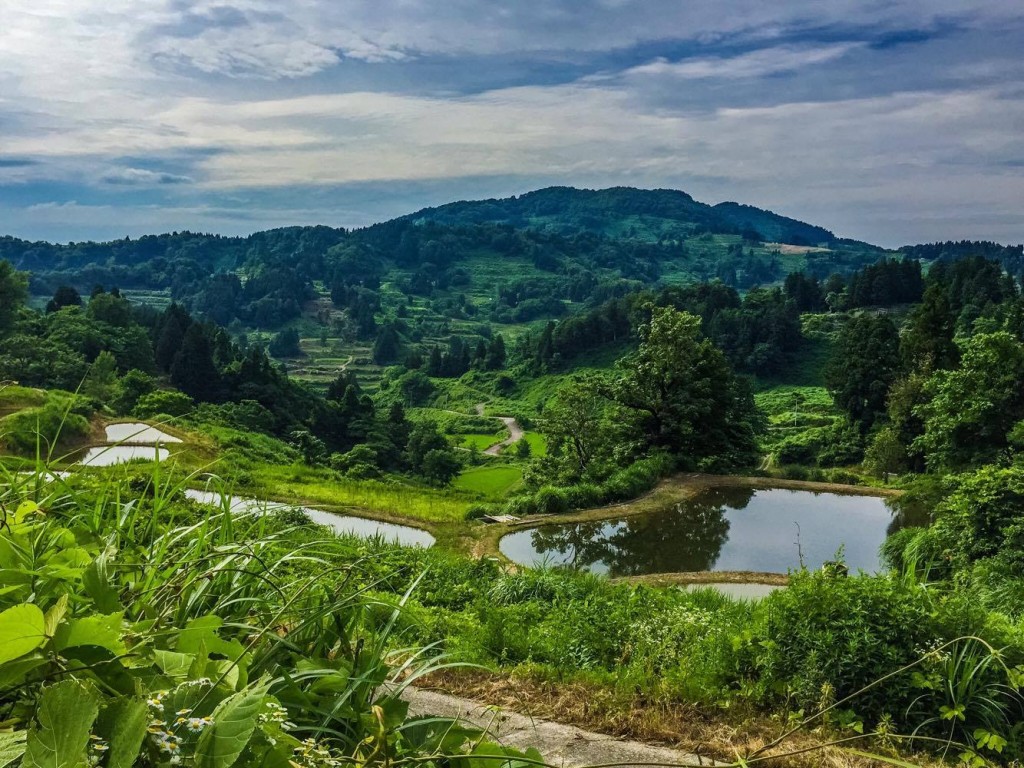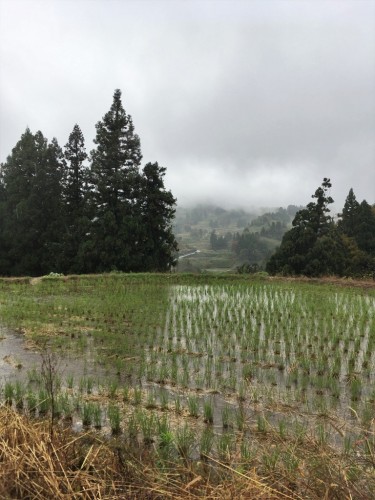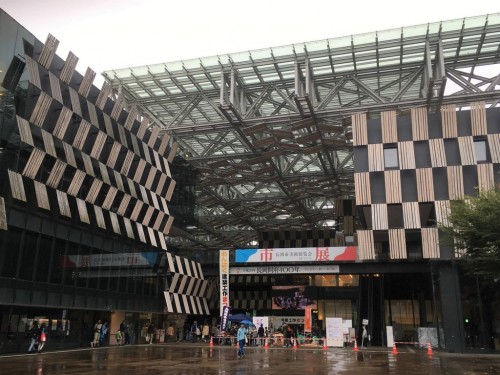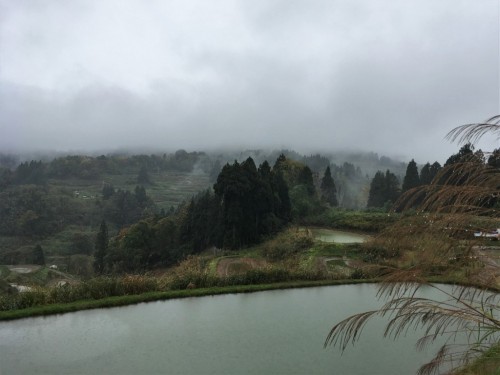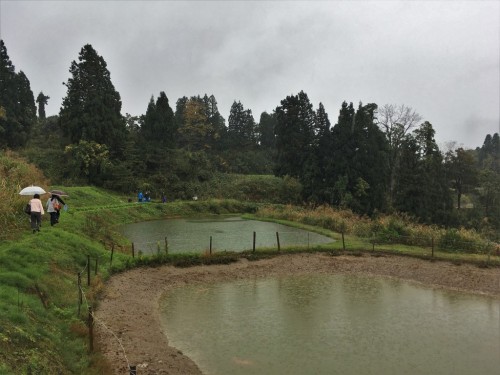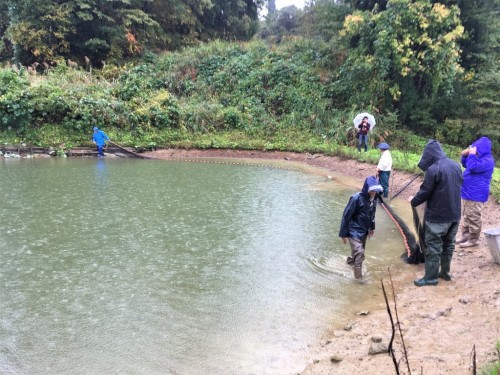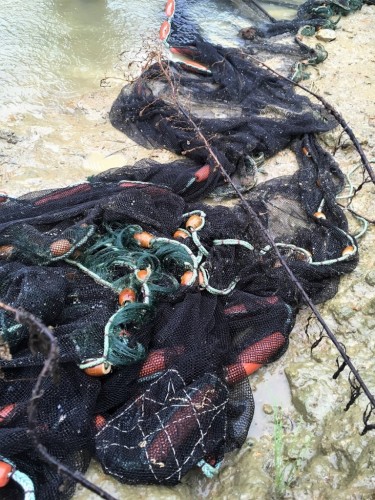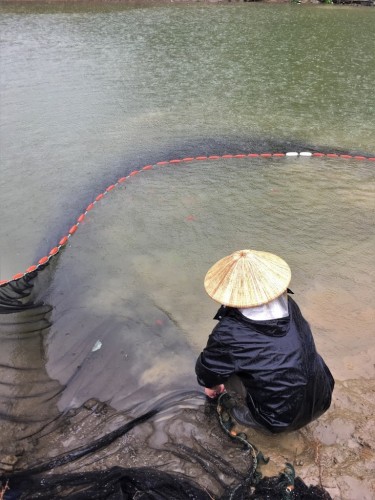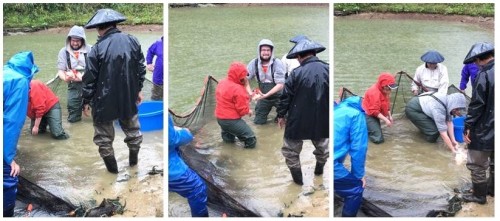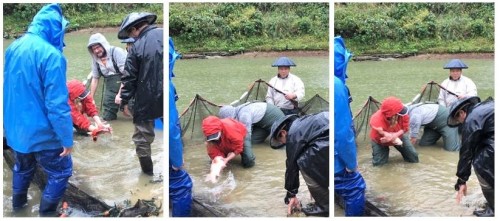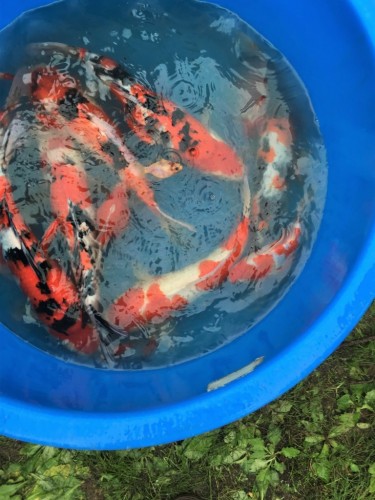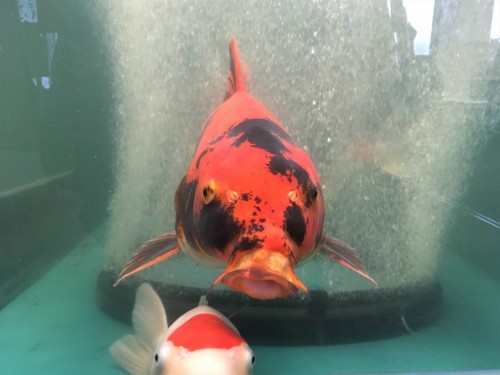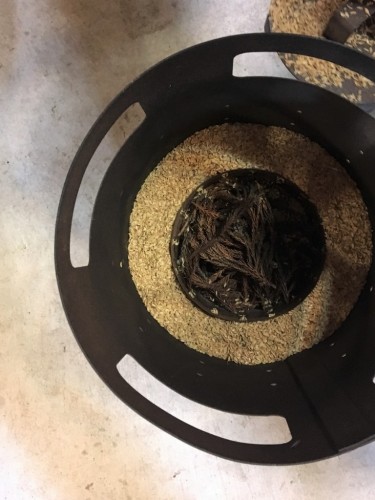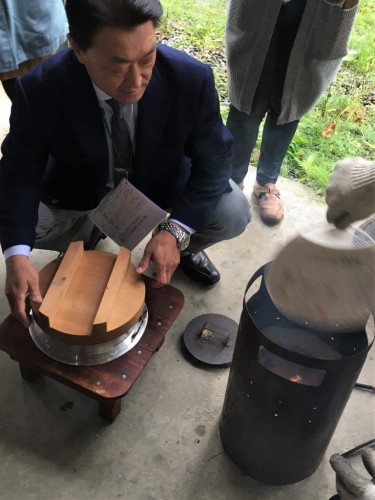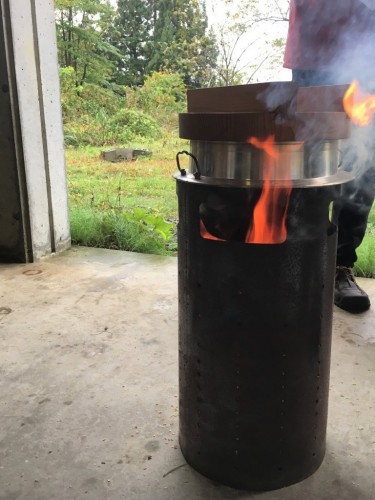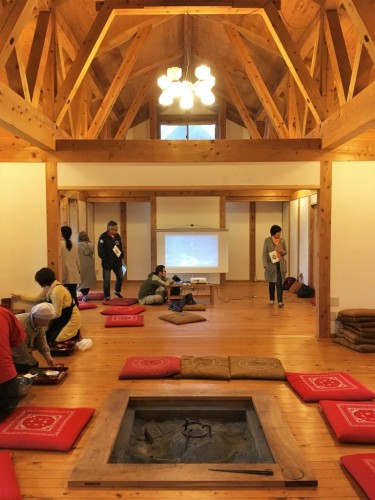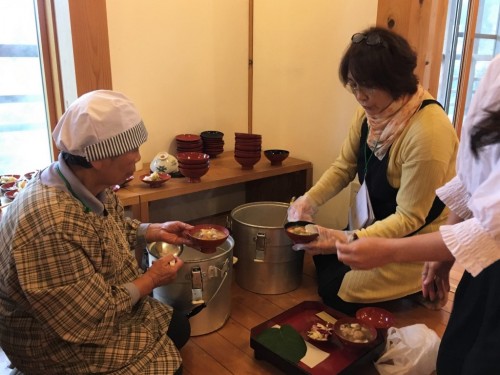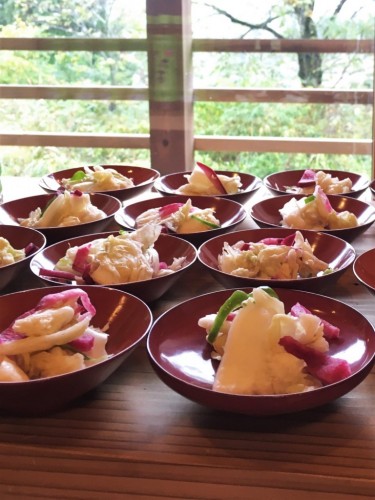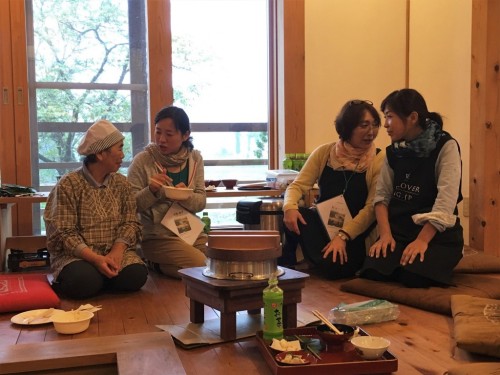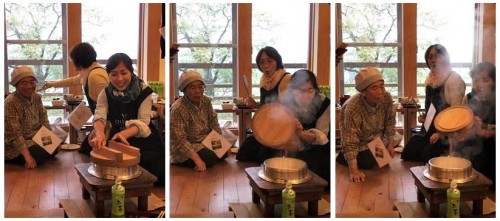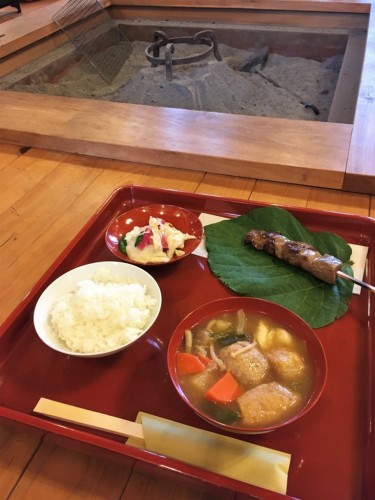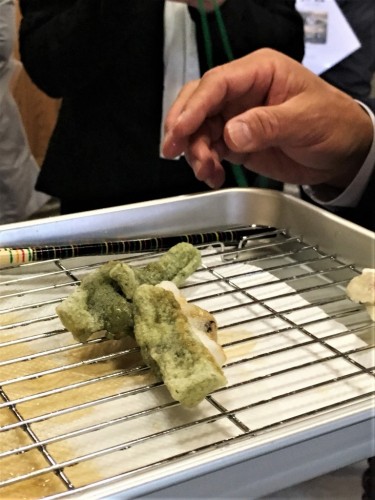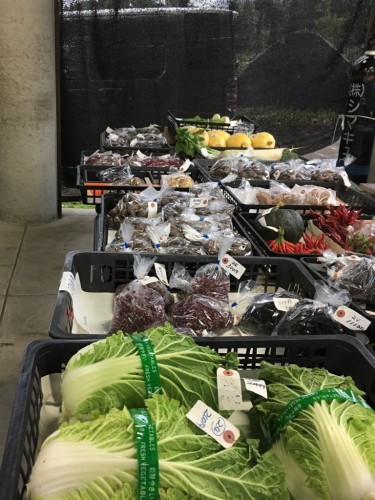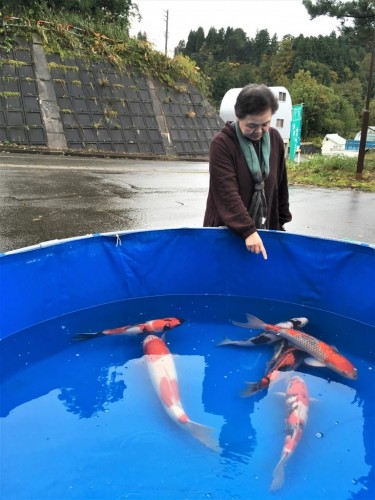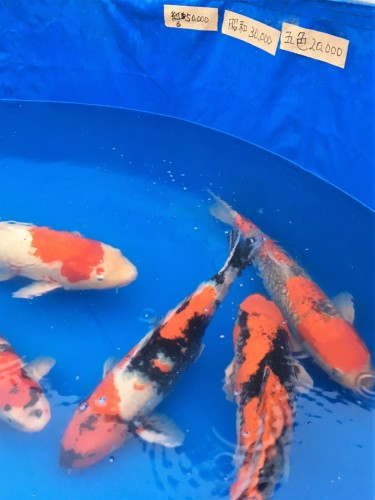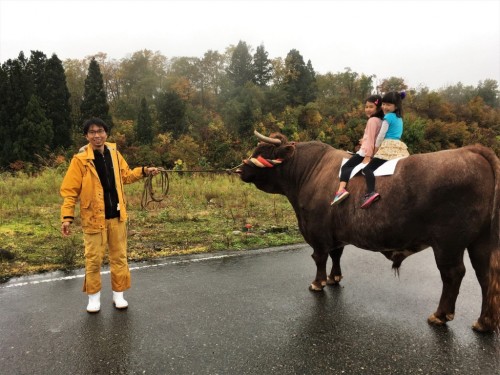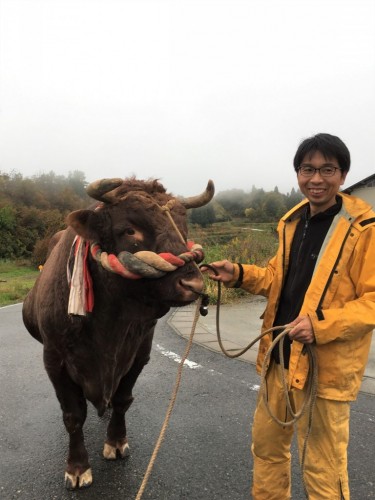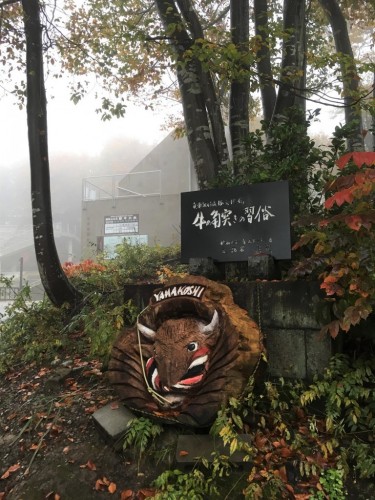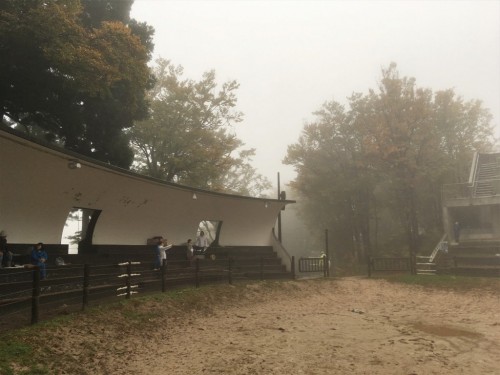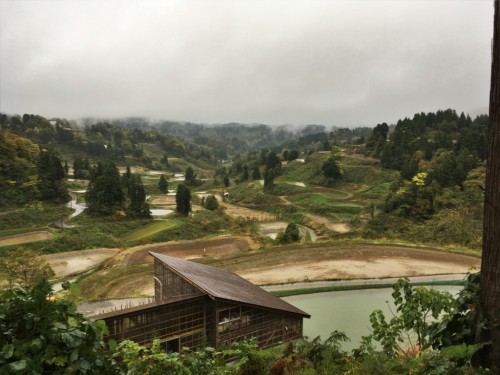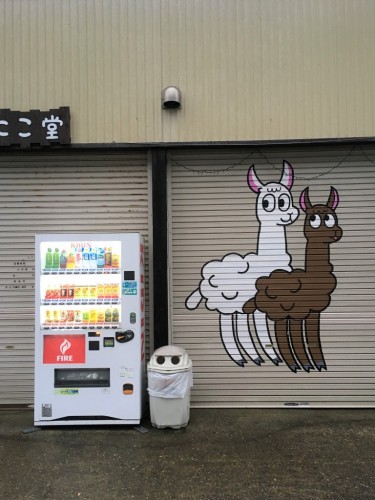Sponsored by Yamakoshi Village
In recent years, the Yamakoshi region in Niigata Prefecture has begun to focus on green and rural tourism. After the Chuetsu earthquake hit the area in 2004, the landscape has undergone some major recovery, and now attracts more and more tourists who come to rediscover the region.
I had the chance to visit the region on a locally organized tour, and I recommend you try it as well. Although the tours at the moment are “trial tours,” there are many opportunities to be had. For a day, board a bus on the “Yamakoshi Tour” and explore the Japanese agricultural heritage.
How to Get to Yamakoshi?
First, you have to go to Nagaoka. Nothing more simple than the magic of the shinkansen (About 1.5 hours from Tokyo). As always, the JR Pass or its local transport pass will allow you to visit the region easily.
From there, I took a tour bus to visit Yamakoshi, about twenty minutes into the heart of the mountain. The tour was just enough time to get to know the attendants and to discover the history, as well as the strong cultural heritage. This shuttle is, in fact, public transportation (“Clover Bus” service, useful links here and here in Japanese, but Google translate will help you a lot) and only costs 200 yen.
A Bit of the History of Yamakoshi
What you need to know is that the Chuetsu earthquake literally devastated the region in 2004, cutting off roads and causing a lot of flooding. It took more than 3 years to rebuild the village.
Before this disaster, Yamakoshi was independent (and had been since the Showa period), but now they belong to Nagaoka city. Today, the Yamakoshi Agricultural Promotion Council promotes and revitalizes the rural economy. The 2,000 inhabitants of Yamakoshi are very proud of the area and very happy to share their know-how and their heritage with others.
Yamakoshi Eco Tour
Koi Fish
The tour started off by letting guests meet Nishikigoi carp breeders in their natural work environment. These world-famous carp are a symbol of Japan, raised for purely ornamental purposes, the simple beauty of these sacred fish makes the ponds brighter and more colorful.
Yamakoshi is the birthplace of the first carp with a red dot. Although the breeding grounds traditionally bred black carp starting about 200 years ago. Through their hard work and patience, there are now more than 100 varieties of carp. Know that carp eat anything that is given to them, and that determines the size and weight of the individual carp. Depending on these conditions, the price is adjusted, starting at 1,000 yen for the smallest, and up to 41 million yen for the world record-sized carp!
Today, they swim in old terraced rice fields converted into ponds, making the landscape very charming. Carps lovers from all over the world visit Yamakoshi every year in October for the “fishing” season.
Put on rain boots or waxed shoes when wading into the water! The breeders will let you try fishing the carp by hand. The carps are as soft as silk. Unfortunately when I visited, I could not try fishing by hand because a typhoon had recently hit.
Yamakoshi Information Center: Fukko Koryu Kan Orataru
After visiting the breeding grounds we continued our tour on to the village information center, which has an aquarium with huge carp, and a small museum, which showed the tragic earthquake and the history of Yamakoshi. A 3D animation explains the impact and the consequences of the disaster, and we could see stories on how the infrastructure had been rebuilt. This allowed us to dive into the daily lives of the inhabitants and their surprising fighting spirit.
Lunch at Mukaida Rotary House
A little further up the mountain, we visited a beautiful Japanese wooden house to enjoy a local lunch cooked with only local products.
The inhabitants were gracious hosts and introduced their rice(it had a subtle and slightly sweet taste), and their ancestral method of cooking it. They cooked the rice in a large container that serves as a “gas stove”, it uses harvested rice husk, which is deposited on top of the container. This method, which is the same as that of the old time, gives the rice a unique taste.
We had lunch around an irori (囲炉裏), this is a square of embers located on the ground level of a house (slightly below the floor) is used for cooking and heating the rooms. It looks very practical and convenient don’t you think? The meal consisted of rice, an excellent miso soup, and tsukemono (漬 物, vegetable pickles). The main dish was grilled beef skewers, which were incredibly rich.
For dessert, we tasted mochi (餅): the greens are made from a local grass, with Anko (sweet red beans), all wrapped in slightly sticky rice paste. Delightful!
The Local Market
The ecotour of Yamakoshi continued on to a small market. We found many kinds of seasonal fruits and vegetables at very reasonable prices compared to those in the city.
We could also find carp which had been caught in the morning, perhaps they were satisfied with their beautiful looks. We could find all sizes, colors, and prices. Know that a carp can stay up to three days in a plastic bag. Don’t be critical, the carp are perfectly fine in the bags. Otherwise, the fish would feel stress and panic, then the new owner might lose them. For nature lovers, the Koi carp trade has developed well in recent years. You can easily find Koi carp, at more expensive prices, in Europe.
The Folk Heritage: Bulls in Yamakoshi
For generations, Yamakoshi bull breeders have been worshiped for their beautiful animals. The bulls often participate in tournaments. We met one of the revered bull breeders on his farm and in the middle of his five, incredibly well treated and relaxed, animals.
“Bull fighting”, in Japan has nothing to do with the Spanish bullfighting. People in Yamakoshi consider this art to be more like sumo. It is simply a matter of measuring two animals in the arena, under the eye of the villagers, and under the protection of each farmer, who separates them if necessary in order to avoid any injuries. These arena moments are not fighting per say, but a measurement of size.
This is a “Shinto Event”, so there are no judges and no winners! Japanese people come here to admire the strength and beauty of nature through these fights, which take place twice a month, from May to November. If you fall in love with this tradition, you can become the proud owner or co-owner of a bull by sponsoring it.
After visiting the famous bull, we went to the village arena, also called The Yamakoshi Bullfight Arena, which was created with modern architecture in the middle of the forest. The rain added a charming atmosphere (and a lot of mud)!
We finished our visit with a stop at the observation deck, the “Niko Niko Hiroba”. This spot is well known by locals and visitors for the unobstructed panoramic view it offers of the entire valley. The sunset reflected in the rice terraces was spectacular. From this spot, you can see the landscape changing throughout each season.
Yamakoshi: General Information
Check out the cultural and tourist site of Yamakoshi (in Japanese for the moment). This is a beautiful site, and I invite you to contact the organizers, who will answer your questions if you also want to visit the region (you can, of course, send your message in English). Other “trial” tours (temporarily free) will take place in the upcoming coming weeks. I really encourage you to contact them, because it is how this ecotourism project will become a reality!
Know that the region is visited throughout the year. I could only see part of the village but I recommend that you spend several days there. Each season is full of riches:
- In autumn, see the koi carp and attend the bull tournaments
- In winter, appreciate the powder snow, the snow can easily reach as high as three meters
- In spring, savor the return of good weather in an onsen and view the sakura
- In summer, admire the landscape through its hiking trails and meet the alpacas
Check out these too:
- Facebook: Yamakoshi Tourism Association (in Japanese).
- Nagaoka city for Yamakoshi Area (in English).
- Check out Yamakoshi articles in Voyapon.


